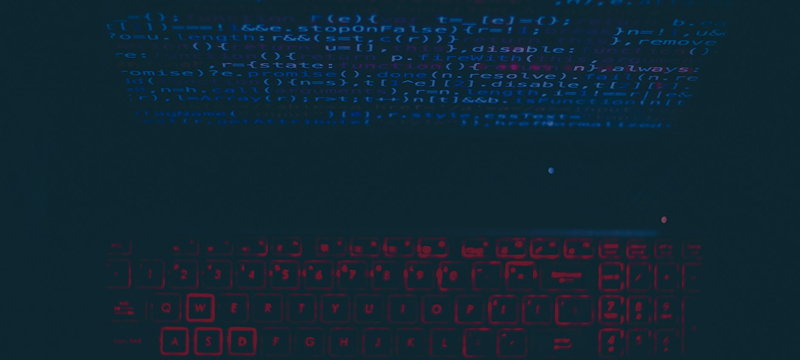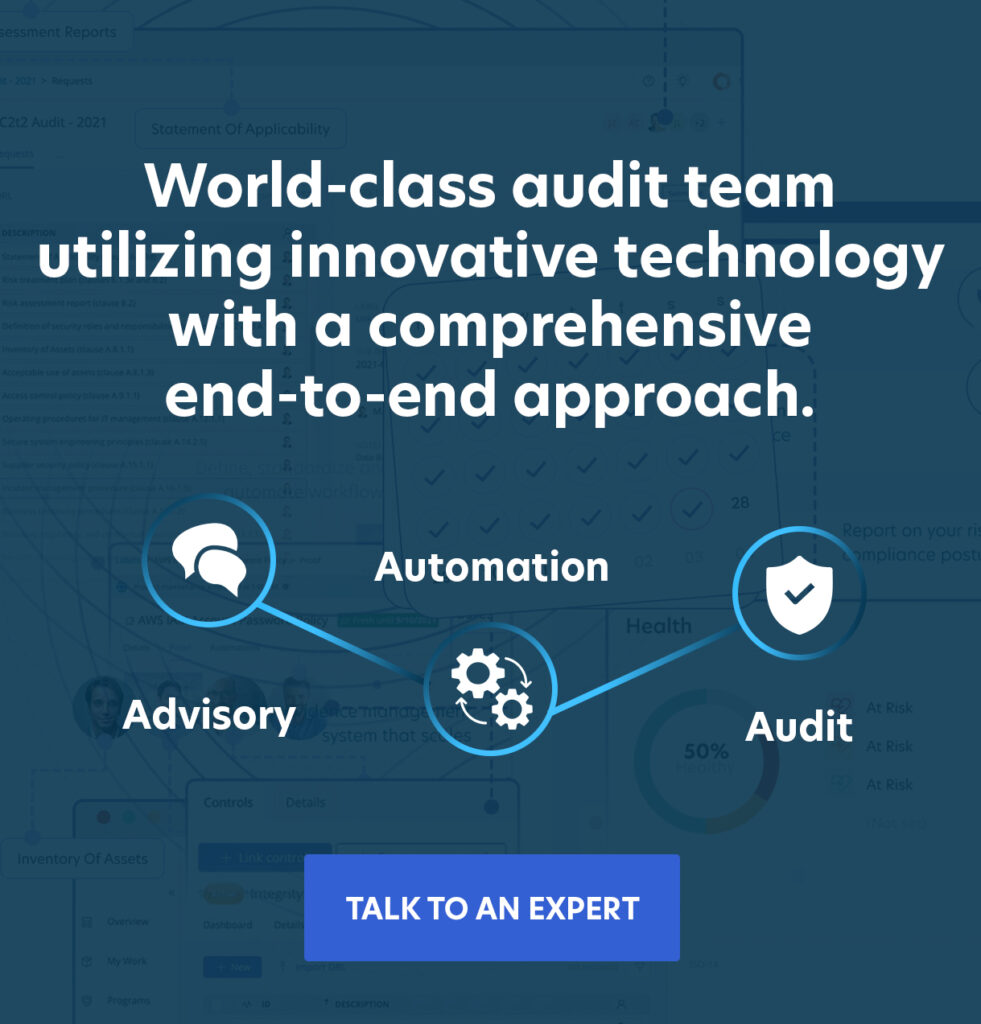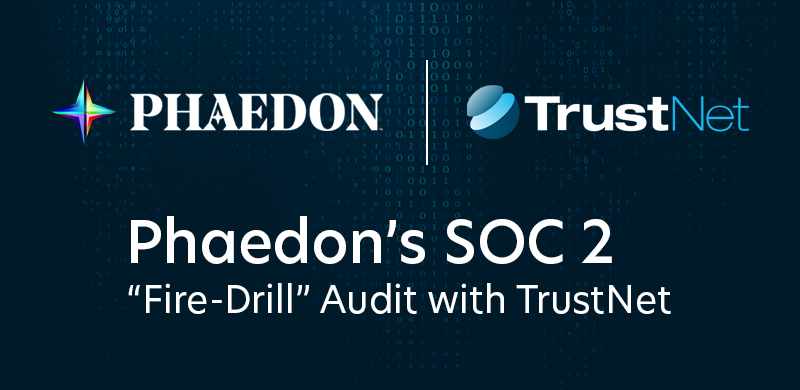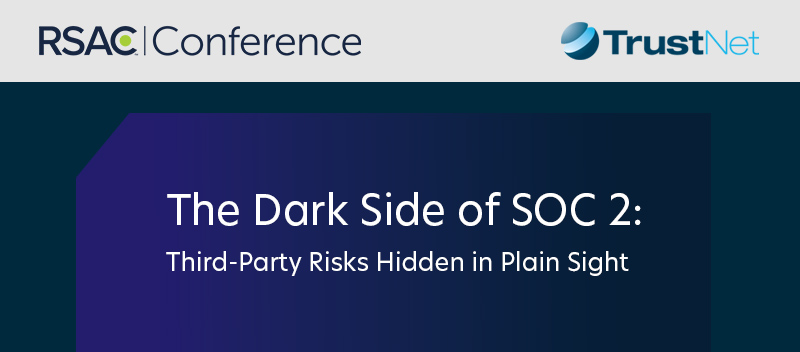Cybersecurity Trends to Watch: Insights from RSAC 2025

RSAC 2025 highlighted the key cybersecurity trends for 2025: AI’s critical role in both defense and attack, the rise of identity management and Zero Trust, integrated security solutions, regulatory shifts, and ongoing product innovation. Organizations must adapt by investing in AI-driven tools, enhancing identity security, and proactively aligning with evolving regulations. The future of cybersecurity is all about resilience, collaboration, and continuous learning.
RSAC 2025, the world’s leading cybersecurity event, gathered nearly 44,000 cybersecurity professionals, vendors, and thought leaders. The event spotlighted urgent challenges and emerging innovations that will redefine cybersecurity.
This article outlines the most critical cybersecurity trends from RSAC 2025. It covers real-world advances in AI, identity, and integration, along with the latest shifts in regulation and workforce strategy. Each section includes clear takeaways to help your team adapt and lead.
Tracking these cybersecurity trends for 2025 is essential to build resilience and drive smarter security strategies. Here’s what you need to know.
1. AI Takes Center Stage: From Agentic AI to Adversarial Threats
AI is the future of cybersecurity, and RSAC 2025 proved it. According to RSAC 2025 session data, more than 40% of sessions focused on AI, a sharp rise from just 5% in 2023. Leaders across the industry emphasized its growing role in both defense and attack.
— Agentic AI is reshaping security operations
Agentic AI refers to autonomous systems capable of performing tasks and making decisions with minimal human input. In security operations, these AI agents now automate key workflows, from triage to incident response.
At RSAC 2025, security teams saw real-world demos where Agentic AI cut response and dwell times by over 40%. Most tools included “human-in-the-loop” controls to ensure accountability and responsible deployment.
— Adversarial AI introduces new attack surfaces
Threat actors are exploiting AI models with techniques such as:
-
- Prompt injection to manipulate LLM outputs
- Jailbreaking to bypass built-in restrictions
- Model poisoning to compromise training data
This threat category is expanding rapidly.
Practical takeaways:
-
- Build AI literacy across security teams
- Deploy vetted AI-powered tools with oversight
- Conduct red teaming against AI systems
- Monitor and adapt to new adversarial techniques
AI is not optional. It is central to defending against the top cybersecurity trends of 2025.
Understanding where the industry is headed is the first step. TrustNet delivers insights, solutions, and guidance to help security leaders stay informed and prepared for what’s next.
2. Identity Management and Zero Trust: The New Front Lines
Identity took center stage at RSAC 2025. Over 330 sessions focused on identity management, confirming it as one of the most urgent cybersecurity industry trends of 2025.
Several key challenges and priorities stood out:
-
- Identity-based attacks continue to escalate. Threat actors increasingly target users, credentials, and misconfigured access.
- Zero Trust adoption is accelerating. Organizations are implementing least-privilege access and micro segmentation to limit lateral movement.
- Hybrid environments complicate IAM. As companies adopt more cloud services and AI systems, securing identity across environments grows more complex.
The RSAC conference 2025 spotlighted modern identity strategies with strong support for:
-
- Federated identity frameworks
- Decentralized identity systems
- Continuous authentication models
Security leaders must shift from perimeter-based defenses to identity-first architectures.
Practical takeaway:
Modernize your IAM systems and embed Zero Trust into your core architecture. Prioritize visibility, automation, and continuous validation to stay ahead of identity-driven threats.
3. Integration, Collaboration, and the Rise of Platform Security
At RSAC 2025, cybersecurity experts emphasized the importance of integrated security solutions. As security stacks become more complex, silos between tools and technologies hinder effective protection. The industry is now moving towards platform-based approaches that streamline security operations.
Key points discussed:
-
- Collaboration across vendors: Cisco AI Defense integrates with ServiceNow SecOps, demonstrating how cross-vendor collaboration improves incident response.
- Holistic visibility: Unified platforms reduce silos and provide comprehensive oversight across networks, endpoints, APIs, and cloud environments.
- Cloud security: As organizations adopt cloud infrastructure more widely, they must ensure seamless integration of security tools across on-premises and cloud environments.
Practical takeaway:
Evaluate and adopt integrated security platforms that can streamline management, improve visibility, and provide a unified defense against evolving threats. Collaboration between your existing tools and new technologies is key for maintaining strong security at scale.
4. Regulatory Shifts and Policy Futures
Also, at RSAC 2025, experts discussed the future of cybersecurity regulation and policy. Key takeaways include:
-
- Government’s Growing Role: Governments are increasing their involvement in cybersecurity defense, emphasizing the need for stronger public-private collaboration.
- Stricter Regulations on AI, Identity, and Supply Chains: Regulators are set to impose stricter rules on AI deployment, identity management, and supply chain security as these areas continue to evolve.
- Security leaders must actively monitor regulatory changes and ensure their cybersecurity programs align with new requirements. By staying proactive, they can mitigate risks and avoid compliance gaps.
Practical takeaway:
Continuously monitor regulatory shifts and update your compliance strategies to stay ahead.
5. The Cutting Edge: Product Innovation and Skills Development
RSAC 2025 further showcased groundbreaking product innovations that leverage AI, large language models (LLMs), and automation to enhance detection, response, and network defense. Key advancements focused on:
-
- AI model and pipeline protection: Securing AI systems from adversarial attacks and ensuring data integrity.
- API security: Strengthening defenses against API-based vulnerabilities, which are increasingly targeted by attackers.
- Endpoint and cloud security: Advancing solutions to safeguard critical assets across diverse environments.
Additionally, RSAC featured interactive experiences, such as capture-the-flag and AI Cyber City competitions, highlighting the need for continuous skills development. These events stressed that security teams must stay agile and equipped with the latest knowledge and techniques to tackle emerging threats.
Practical takeaway:
Organizations must invest in next-gen security solutions while prioritizing ongoing workforce development and upskilling to ensure their teams’ resilience.
Conclusion & Recommendations
RSAC 2025 highlighted key trends shaping the future of cybersecurity:
-
- AI’s central role in enhancing security.
- The rise of identity management and Zero Trust models.
- Increasing importance of integrated and platform-based security solutions.
- Regulatory shifts require proactive compliance.
- Ongoing innovation is driving security products and workforce skills.
To stay ahead of evolving threats, organizations should:
-
- Assess their current security posture.
- Pilot AI-driven tools to enhance threat detection and response.
- Prioritize identity management and platform security initiatives.
Stay informed and proactive. Explore TrustNet’s cutting-edge solutions to streamline your security and compliance journey. Connect with us today.
Subscribe to the TrustNet Newsletter
actionable cybersecurity strategies, and TrustNet’s cutting-edge solutions.




